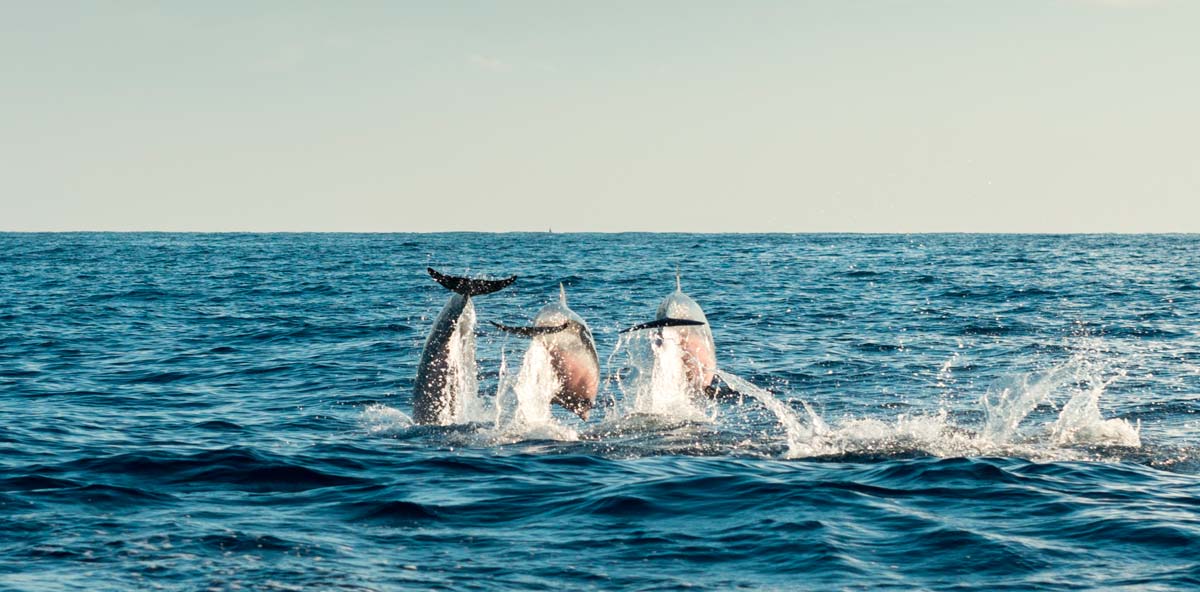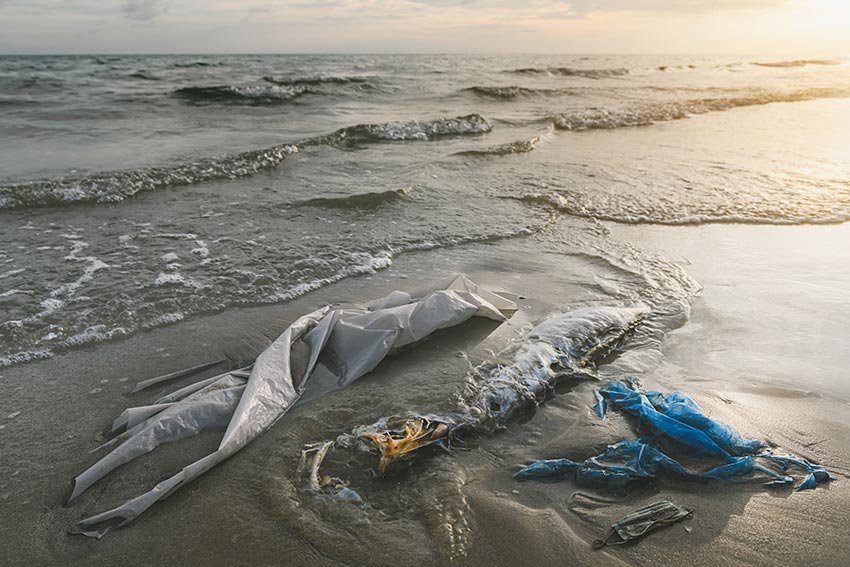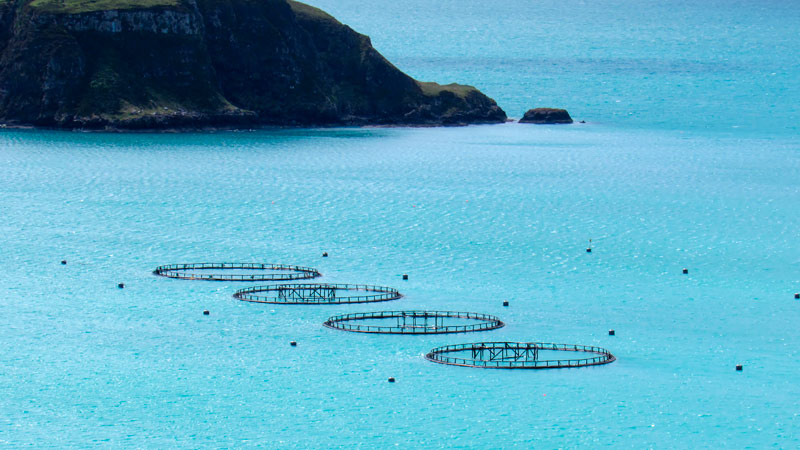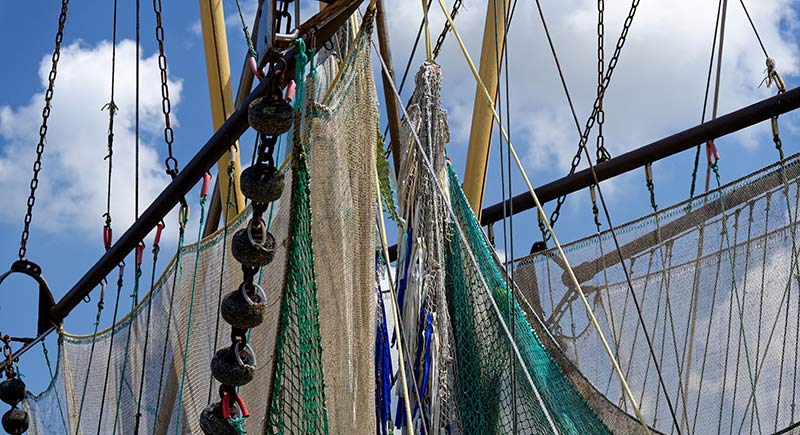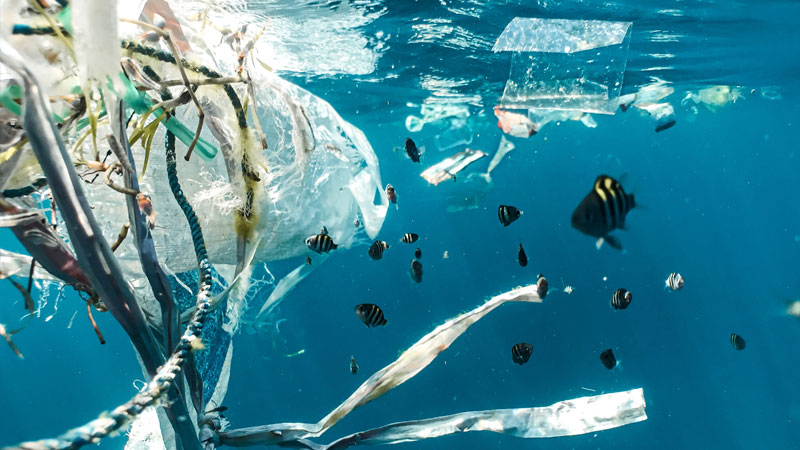OBAMA – NEXT
Observing and mapping marine ecosystems – Next generation tools
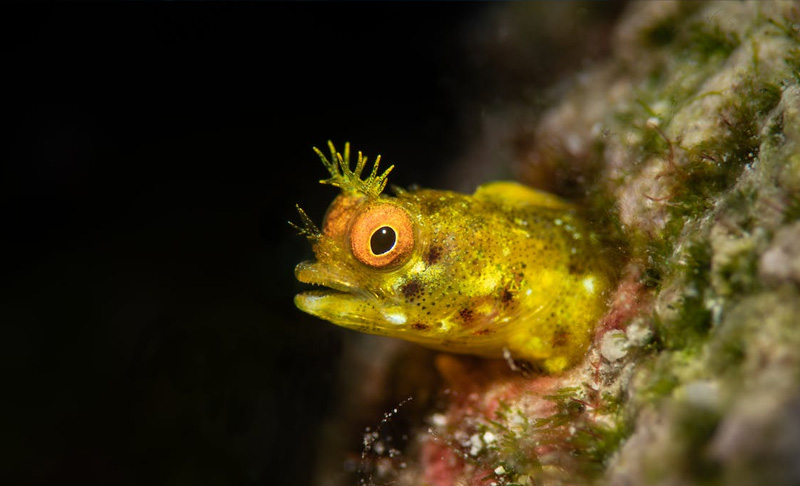
Context
Integrated ocean observations are needed to understand how marine biodiversity and ecosystem functioning change in response to human pressures and climate change and to develop and implement appropriate policies and management
approaches.
Today, biological observations gathered using traditional in situ monitoring programmes are costly and provide information with relatively limited spatial coverage and temporal resolution. Furthermore, many traditional techniques rely on the knowledge of experts, potentially resulting in person-to-person biases giving rise to inconsistencies over time and between areas.
Objective
The main objective of OBAMA-NEXT is to develop a toolbox which generates and delivers the information required to evaluate and communicate the status and trends of marine ecosystems and their biodiversity in an accurate, user-friendly and cost-effective manner.
This will be achieved by developing tools which translate observations and knowledge into user-friendly and openly available information products, which are tailored to the needs of decision makers at national, regional and European levels.
In doing so OBAMA-NEXT will strengthen Europe’s capability to acquire and use sustained and continuous biophysical ocean observations in order to support the effective management of marine ecosystems and the services they provide.
Innovation
New/emerging technologies, such as remote sensing, eDNA, optical instruments and citizen science, will be integrated with existing marine monitoring techniques to improve our ability to describe ecosystem function and biodiversity at higher spatial and temporal resolution. The project will help shape next generation monitoring programmes and define the Essential Ocean and Biodiversity Variables.
Methodology
The methodology of OBAMA-NEXT builds on three main activities:
- Assess existing and new data sources for marine habitats
- Involving stakeholders, convert the resultant data into relevant information products (maps and time series of biodiversity, habitats and ecosystem function) through the development of analysis toolboxes
- Ensure the toolbox fulfils the needs of relevant stakeholders and policy goal
| Duration |
2022-2026 |
| Partners |
Aarhus University (coordinator, Denmark), Norwegian Institute for Water Research (Norway), AZTI (Spain), Suomen ympäristökeskus (Finland), The Secretary of State for Environment, Food and Rural Affairs (UK), Hellenic Centre for Marine Research (HCRM, Greece), Institut Francais de Recherche pour l’Exploitation de la Mer (IFREMER, France), Istituto Superiore per la Protezione e la Ricerca Ambientale (Italy), Institut Royal des Sciences Naturelles de Belgique (Belgium), Centre National de la Recherche Scientifique (France), Agencia Estatal Consejo Superior de Investigaciones Científicas (CSIC, Spain), Alfred Wegener Institut Helmholtz-Zentrum für Polar- und Meeresforschung (Germany), Stazione Zoologica Anton Dohrn (Italy), Stichting Deltares (Netherlands), United Nations Environment Programme World Conservation Monitoring Centre (UNEP-WCMC, UK), University of Tartu (UTARTU, Estonia), Institutul National de Cercetare-Dezvoltare Marina Grigore Antipa (NIMRD, Romania), Institute of Oceanology, Bulgarian Academy of Sciences (IOBAS, Bulgaria), Aalborg Universitet (Denmark), Luonnonvarakeskus (LUKE, Finland), Helsingin Yliopisto (UHEL, Finland), Scitation (Portugal) |
| More info |

